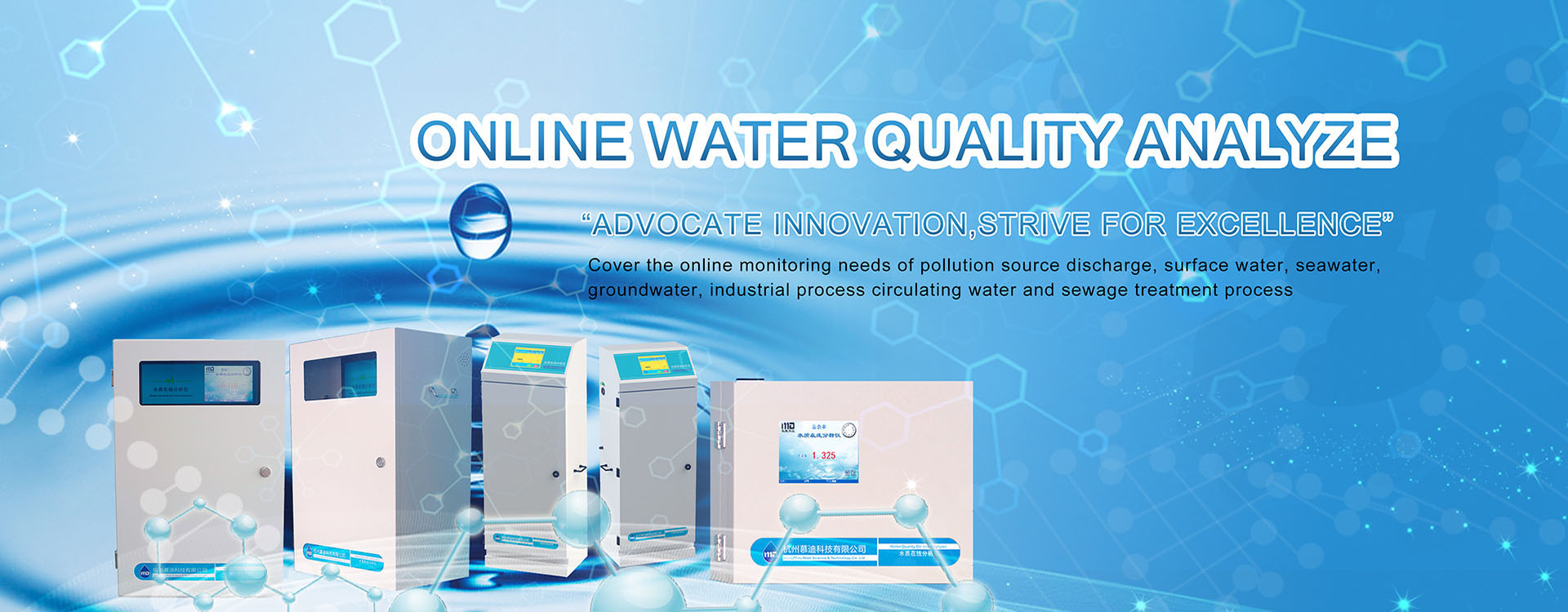Speaking of sewage treatment is a problem we must pay attention to at present, with the continuous progress of society, water pollution is becoming more and more serious, all water quality online monitoring projects have become an important work. The purpose is to monitor whether the major parameters of the water exceed the standard and whether it can be used safely. In this chapter, water quality online monitoring instrument manufacturers will understand the analysis of COD indicators in water when sewage treatment.
1.Chemical oxygen demand (COD) is a chemical method to measure the amount of reducing substances that need to be oxidized in water samples under certain conditions; The unit is usually: mg/L;
2.The reducing substances in water have various organic matter, nitrite, sulfide, ferrite, etc., but the main one is organic matter. Therefore, chemical oxygen demand (COD) is often used as an indicator to measure the content of organic matter in water;
3.Several explanations of COD:
1)COD is an indicator of the amount of reducing substances in water;
2)COD is an indicator of the content of organic matter in water;
3) Use chemical strong oxidants to oxidize organic matter in water to CO2 and H2O, and the oxidant consumed is converted to the amount of oxygen;
4.The determination principle of COD is: with a strong oxidizing agent (potassium dichromate or potassium permanganate, China’s legal use of potassium dichromate), under acidic conditions, the oxidation of organic matter into CO2 and H2O consumption of oxygen, called chemical oxygen demand;
5.COD advantages: can more accurately represent the content of organic matter in sewage, the determination time is only a few hours, and is not affected by water quality.
6.The greater the chemical oxygen demand, the more serious the pollution of organic matter;
7.Correlation indicators: BOD (Biochemical oxygen demand), BOD5 (five-day biochemical oxygen demand), TOC (total organic carbon), TOD (Total oxygen demand), ThOD (theoretical oxygen demand);
8.Determination method: 1) Traditional determination method; 2) Rapid determination method; 3) Quick test paper.




